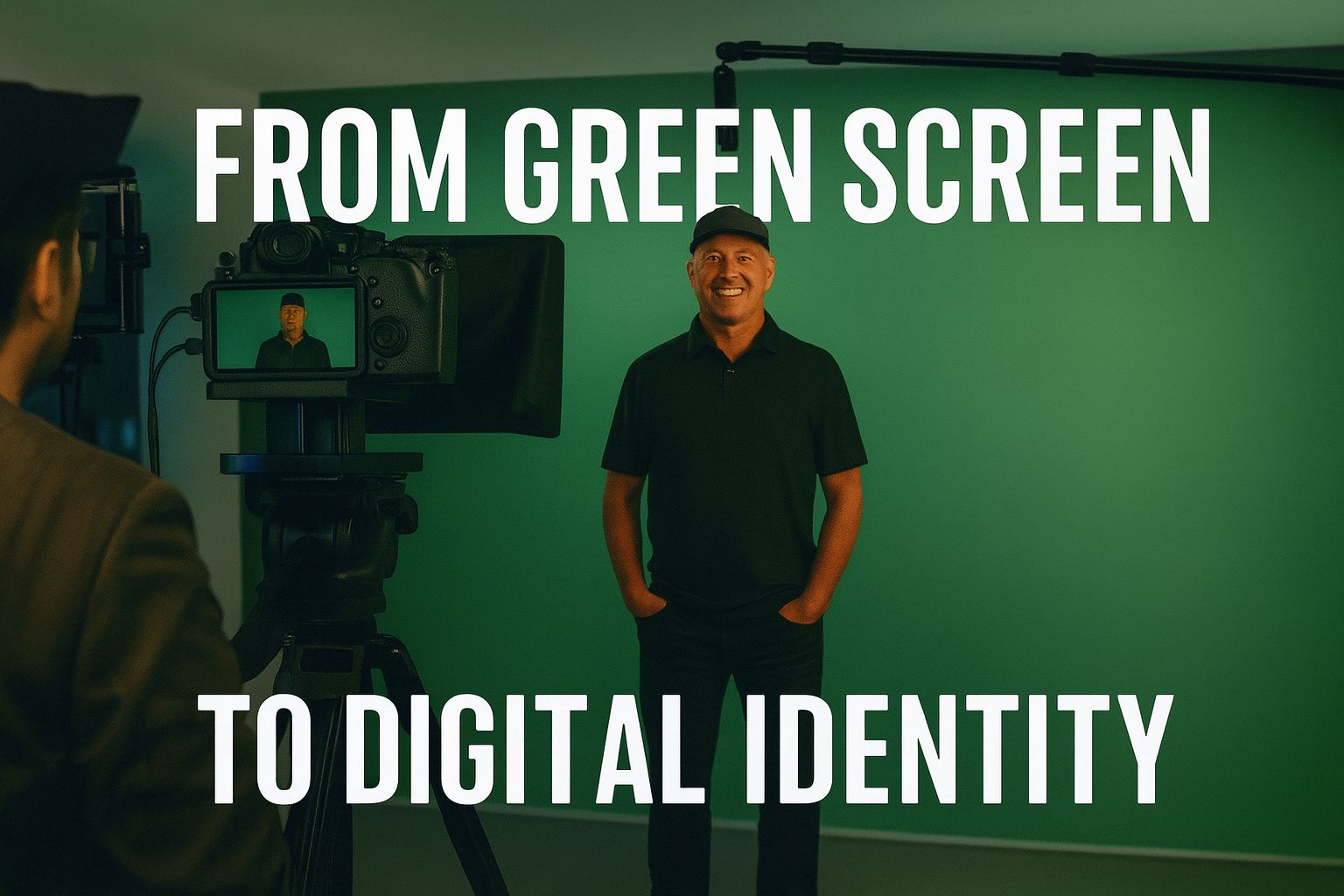
Advertising on Fast TV
There’s a new kid on the block and his name is FAST TV. Let us introduce you!
FAST is a currently developing online linear distribution tool for TV shows, sports, news, and movies. The CEO of Pluto, Tom Ryan, has defined it as a free virtual MVPD, or in other words, a free version of cable TV. Essentially, FAST is similar to that of a traditional free-to-air channel operator in a linear fashion, where the viewer is able to choose from anywhere between 22 to 250+ channels, depending on the server.
For a creative touch, many FAST services use a version of the programming grid usually found in a set-top box. This has become part of the FAST user value proposition as it is easy to use with channels typically arranged by theme (ie. movies, entertainment, news, sports, general, music, and more!).
When thinking about how necessary the service is, it’s important to address the new cord-cutting audience that has spiked in recent years due to the emergence of CTV and other streaming sources. Therefore, the goal of FAST services is not just to create a free alternative to traditional TV, but to reach that large audience that is cord-cutting customers that cable and broadcast TV can’t — this is an important consideration for advertising dollars.
On a similar note, the channels offered by FAST will also differ from those found on pay TV, although some pay TV networks have taken it upon themselves to create their own FAST versions. However, when pay TV networks create FAST versions, the audience is usually just seeing clips from the channel itself, yet more networks are beginning to monetize shows within their libraries as well.
But to expand on FAST, there are two types of services: platform agnostic, which are available across multiple operating systems, and platform exclusive to smart TV brands that have an additional feature available if the viewer has a digital antenna connected or built into the set: convergence with over-the-air TV networks. These appear in the same programming grid as the FAST networks available to the viewer, which creates an extensive free alternative to MVPD and subscription video services.
Below is a breakdown of FAST services available today, most recently updated June 2020.

What’s it gotta do with my ads?
Now that we understand the foundations of FAST services, let’s discuss what this means for advertisers interested in the platform. We’ll start by saying this: if you are an advertiser, you SHOULD be interested. And here’s why!
Perhaps, one of the main consumer draws of FAST, other than it being free, is the fact that it has a lower ad load than that of traditional TV. FAST services are known to have an hourly ad load of between 8-10 minutes, and in some rare instances, lower, such as with Peacock who advertises a 5 minute ad load per hour to marketers. This is a competitive advantage to FAST services as traditional TV suffers from a 10-16 minute hourly ad load, which is a number that steadily continues to grow over time. Therefore, having a smaller load of commercials than the competition is one way to aid in the attracting of customers/audiences. However, it is quite possible the ad load for FAST services will grow larger given the increasing demand from advertisers.
To break that down further, the ad load is split between up to three partners explained below.
- The FAST service. The service determines the proportion of time that is given to ads per hour on most channels, which depends on their agreement with the third-party supplier, which may have set ad load minimums or maximums for their channel. Fast services can sell on a greater scale than most lone channels, making them more appealing to buy and the reason why third party channels often agree to a rev share. However, for services like Peacock, for example, who owns and operates all channels on the service, there are no channel partners to share with, leaving them with more of the total share.
- The Connected Device. If the FAST service is used via a CTV or device that the service does not own/operate, the manufacturer (for example, Roku or Amazon) takes a proportion of the ad inventory to sell themselves in exchange for allowing the app to be available on their platform/device.
- The Third-Party FAST network. These networks have either an ad-share split or a revenue split with the service they are served on, but newer negotiations are reportedly tending toward revenue splits.
However, the majority of FAST viewing is done via CTVs or devices connected to TVs. For example, Pluto’s main source of viewing is via the aforementioned platforms and there’s little to say that this differs for other services, like Roku and Xumo. Viewing via a connected TV or device is appealing to advertisers because it is both measurable and targetable on a 1:1 basis, something currently out of reach for traditional TV. And this helps to provide room for dynamically inserted, or addressable ads, which carry a higher advertising CPM than regular ads do.
To quote another reliable source, in an interview with adelphic.com, Xumo CEO, Colin Petrie-Norris, highlighted the benefits of offering addressable ads by saying, “instead of buying against traditional shows or dayparts, OTT ads can be purchased to match demographic or lifestyle traits. Data can be collected about which shows viewers watch, when they watch them, and the amount of time they watch them.” With higher revenues on the line, the current con of advertising via FAST is the lack of transparency around audience measurement, as well as the lack of standardization.
All in all, FAST is relatively new and evolving every day. But, it is certainly a service that should be heavily watched with positive anticipation, especially for advertisers. Let’s see where this goes!





